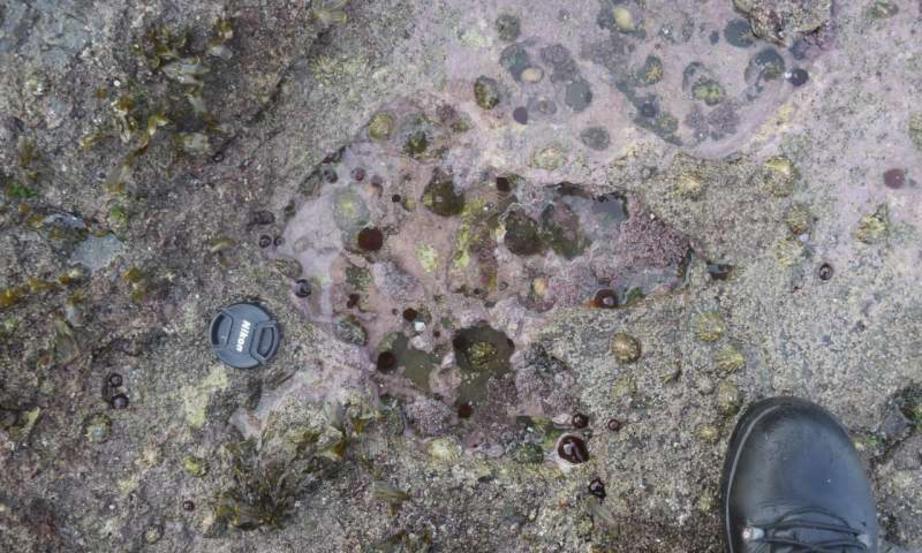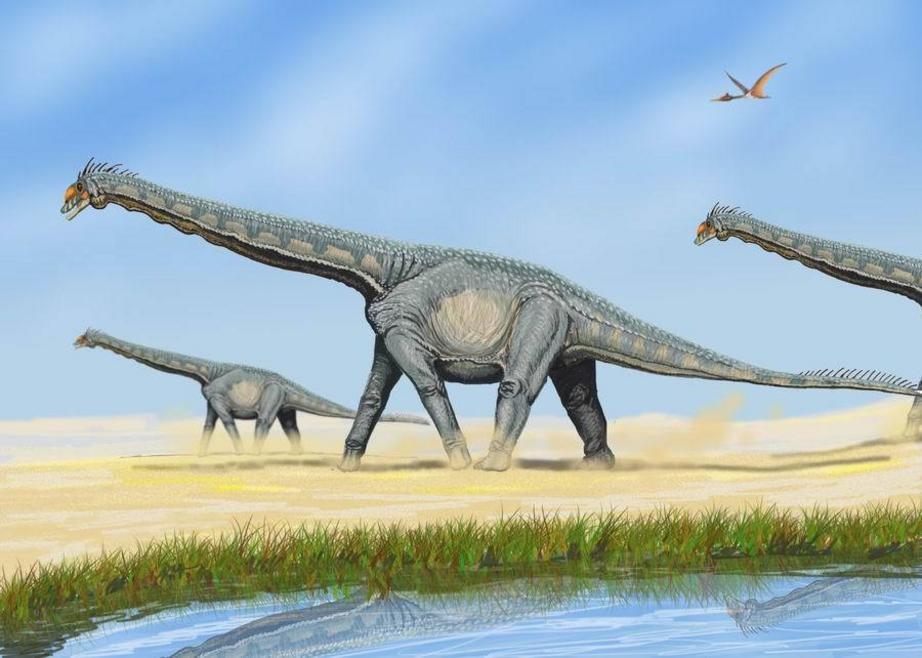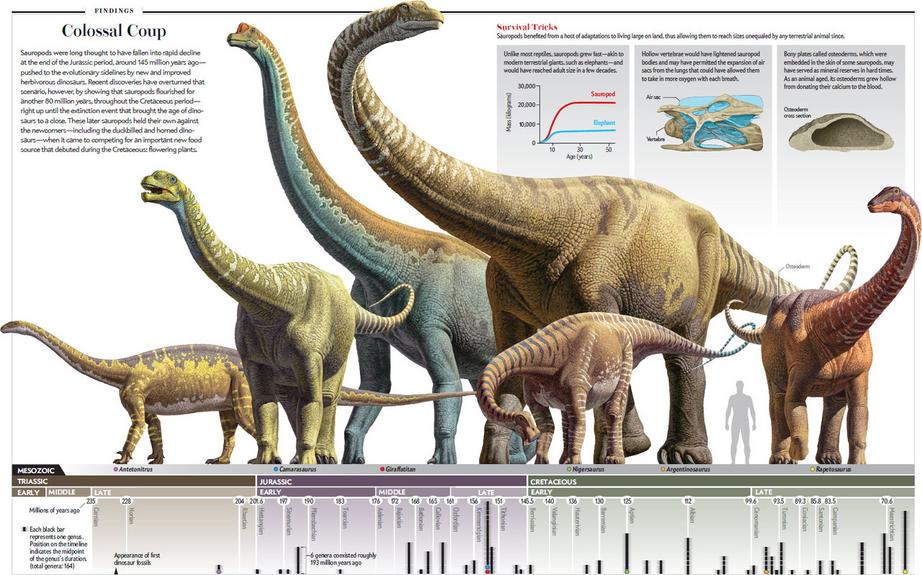Rare Scottish dinosaur prints give key insight into era lost in time
Dozens of giant footprints discovered on a Scottish island are helping shed light on an important period in dinosaur evolution.
The tracks were made some 170 million years ago, in a muddy, shallow lagoon in what is now the north-east coast of the Isle of Skye.
Most of the prints were made by long-necked sauropods - which stood up to two metres tall - and by similarly sized theropods, which were the older cousins of Tyrannosaurus rex.
 A series of rare dinosaur footprints discovered on the Isle of Skye, including this one made by a two-meter high theropod, is helping experts establish details of an important period in dinosaur evolution. Credit: Paige dePolo Read more at: https://phys.
A series of rare dinosaur footprints discovered on the Isle of Skye, including this one made by a two-meter high theropod, is helping experts establish details of an important period in dinosaur evolution. Credit: Paige dePolo Read more at: https://phys.
The find is globally important as it is rare evidence of the Middle Jurassic period, from which few fossil sites have been found around the world.
Researchers measured, photographed and analysed about 50 footprints in a tidal area at Brothers' Point - Rubha nam Brathairean - a dramatic headland on Skye's Trotternish peninsula.

The footprints were difficult to study owing to tidal conditions, the impact of weathering and changes to the landscape. In spite of this, scientists identified two trackways in addition to many isolated foot prints.
Researchers used drone photographs to make a map of the site. Additional images were collected using a paired set of cameras and tailored software to help model the prints.
Dozens of dinosaur footprints discovered at the dramatic headland of Brothers' Point - Rubha nam Brathairean - on Skye's Trotternish peninsula are helping experts understand an important era in dinosaur evolution. Credit: Dr Steve Brusatte
Analysis of the clearest prints - including the overall shape of the track outline, the shape and orientation of the toes, and the presence of claws - enabled scientists to ascribe them to sauropods and theropods.
The study, carried out by the University of Edinburgh, Staffin Museum and Chinese Academy of Sciences, was published in the Scottish Journal of Geology. It was supported by a grant from the National Geographic Society, and subsidiary funding from the Association of Women Geologists, Derek and Maureen Moss, Edinburgh Zoo and Edinburgh Geological Society.
Paige dePolo, who led the study, conducted the research while an inaugural student in the University's Research Master's degree programme in palaeontology and geobiology.
Ms dePolo said: "This tracksite is the second discovery of sauropod footprints on Skye. It was found in rocks that were slightly older than those previously found at Duntulm on the island and demonstrates the presence of sauropods in this part of the world through a longer timescale than previously known. This site is a useful building block for us to continue fleshing out a picture of what dinosaurs were like on Skye in the Middle Jurassic."
Dr Steve Brusatte of the University of Edinburgh's School of GeoSciences, who led the field team, said: "The more we look on the Isle of Skye, the more dinosaur footprints we find. This new site records two different types of dinosaurs—long-necked cousins of Brontosaurus and sharp-toothed cousins of T. rex—hanging around a shallow lagoon, back when Scotland was much warmer and dinosaurs were beginning their march to global dominance."
Explore further: Fossil dinosaur tracks give insight into lives of prehistoric giants
More information: Scottish Journal of Geology, DOI: 10.1144/sjg2017-016
Provided by: University of Edinburgh

